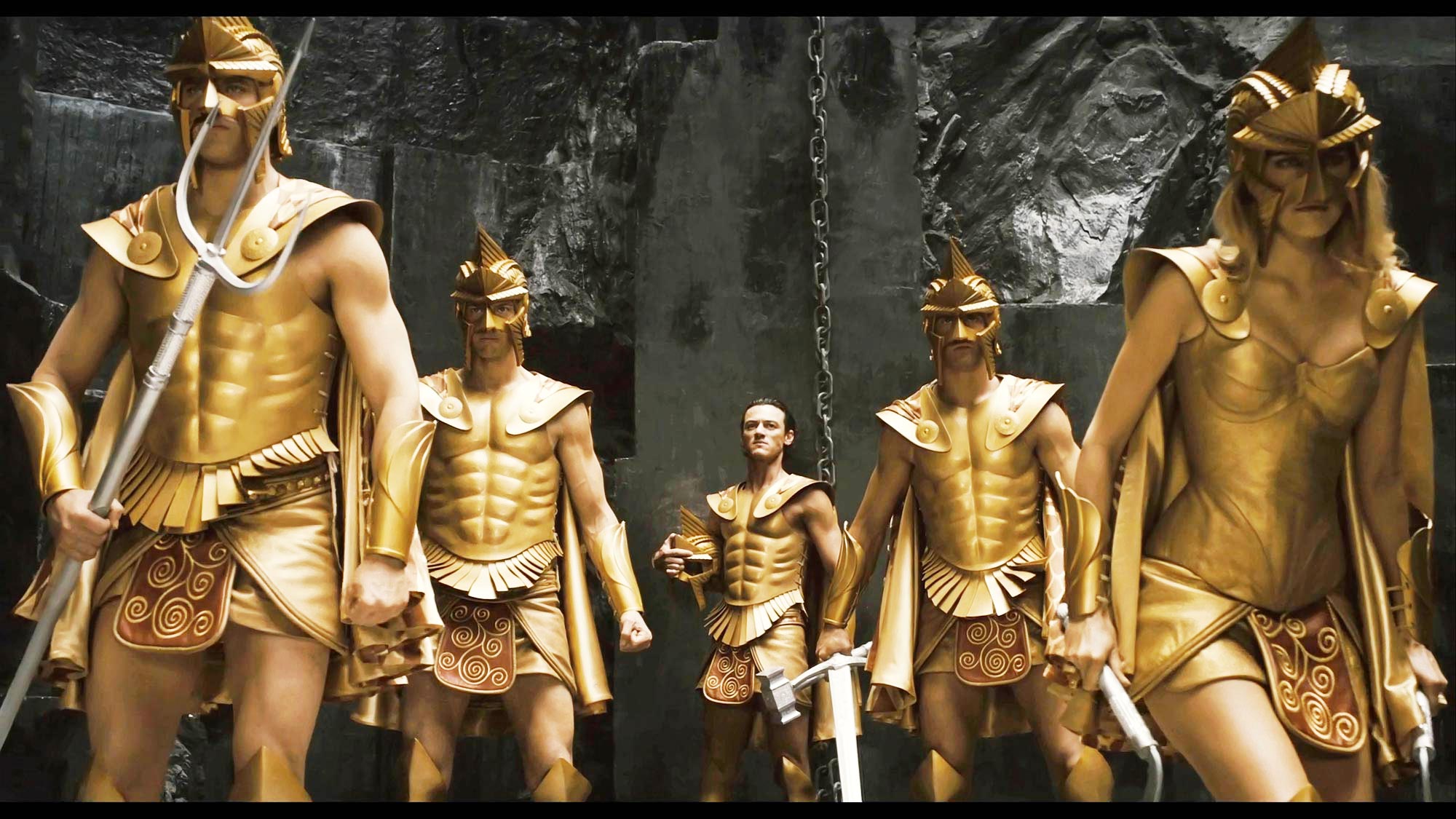The first form of film writing described in the article is Formal Analysis. It is discussing the movie as a whole by breaking up different parts of the movie, such as, cinematography, lighting, setting, acting techniques, score, etc. A Formal Analysis would be a typical analysis.
The second form of film writing is film history. All films have a history to them. They are usually based around a certain time period. For example the movie ‘Immortals’ was based around the time period of ancient Greece. This enabled them to take advantage of the mythology of the era and incorporate it into the film. Special effects were taken advantage of to display the supernatural powers of Greek Gods. Films also have production histories of problems, and reasons for why and when they were made. Film history involves the banning or wide acceptance of certain movies due to culture values or morals.
The third form of film writing is Ideological Papers. Films are created to promote a belief. When watching a film, it is important to understand that the film may being trying to manipulate our feelings about certain topics. The movie ‘Source Code’ promotes ideas of quantum mechanics and the possibility of a parallel universe.
The fourth form of film writing is Cultural Studies/ National Cinemas. This is when the films reflect the cultures and nations that they were produced in. Films are usually produced to appeal to a certain culture or society. A French filmmaker would take a different approach to a movie than an American filmmaker would approach a movie.
 The fifth form of film writing is discussion of the Auteur. This criticizes the film as the view of a single person, usually the director. When discussing Auteur one must consider that film is still collaborative, because people such as the make-up, cinematographer, editor all have a part in the final product. This form is often used. An example would be Michael Bay. Made famous for many movies, most importantly for Transformers. He is often criticized for making high paced action movies, while using women to appeal to 16 year old boys.
The fifth form of film writing is discussion of the Auteur. This criticizes the film as the view of a single person, usually the director. When discussing Auteur one must consider that film is still collaborative, because people such as the make-up, cinematographer, editor all have a part in the final product. This form is often used. An example would be Michael Bay. Made famous for many movies, most importantly for Transformers. He is often criticized for making high paced action movies, while using women to appeal to 16 year old boys. Annotating a Film Sequence involves taking notes on a specific shot sequence or scene. This is beneficial because one is able to break down a scene and examine all the different parts. The editing, choice of shots, score, lighting all can be examined. It is beneficial because it helps understand why the film creates a certain effect.
When thinking beyond the frame one should consider other aspects that do not pertain to a certain shot or scene. One should question who made the film. The scene might have similar themes or motif that relate to other movies made by the same director. Production history must be considered to understand whether or not it was a big or small production movie. Read what critics have to say, and see if it aides your analysis. Examine the genre and whether or not the movie uses clichés in the genre. Is the film also interesting culturally.

Well Done... good examples through out.
ReplyDelete